The Canary Islands explained; Are the Canary Islands A Country?
Time for another geography lesson folks! As someone obsessed with countries since spending 10 years visiting all 197 of them, places like the Canary Islands are confusing, are the Canary Islands a country, is Tenerife a country?! I was getting frustrated at someone from an unnamed country (I’m sure you can guess) and their sheer lack of understanding about the geography of Europe, then I took a step back and realised it can get pretty confusing! Rarely more so than the Canary Islands, so here’s a quick rundown at how they work:
For me personally, this holds a special place in my heart too. It’s where I rowed across the Atlantic ocean from, from the Canary Islands to Antigua.
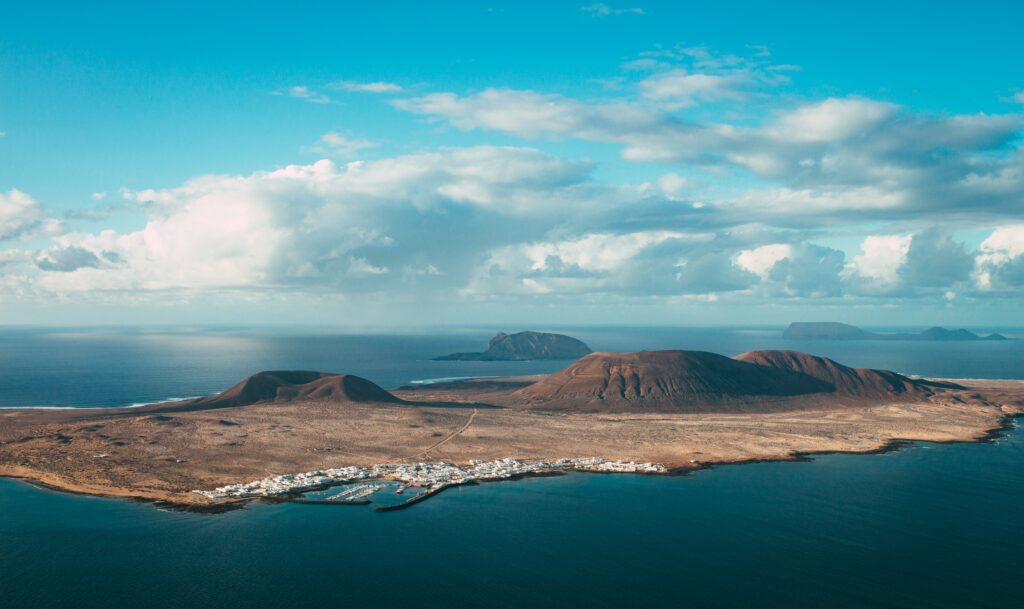
Table of contents
- The Canary Islands explained; Are the Canary Islands A Country?
- Where are the Canary Islands?
- Canary islands on map:
- Are the Canary Islands A Country? & are the Canary Islands in Europe?
- Are the Canary Islands part of Spain?
- Are the Canary Islands part of the EU (European Union)? Is Tenerife in the EU?!
- How many islands are in the Canary Islands?
- How do I get to the Canary Islands?
- What can I do on the Canary Islands?
- When is best to visit the Canary Islands?
Where are the Canary Islands?
The Canary Islands are just off the coast of northwest Africa, about 100km west of Morocco. So they look like they’re more likely to belong to an African country, but you’d be wrong! Here’s where they are on a Google Map:
Canary islands on map:
A google map screenshot for the old school readers:
Are the Canary Islands A Country? & are the Canary Islands in Europe?
No. The Canary Islands are not a country.
Is Lanzarote a country? No.
Is Tenerife a country? No.
Despite the fact that they’re geographically part of the African continent. But they ‘belong’ to Europe. As mentioned above, they’re actually recognized under the protectorate of Spain and are therefore European. So people from the Canary Islands carry a Spanish Passport, and there is no such thing as a Canary Islands passport.

Are the Canary Islands part of Spain?
Yes. The Canary Islands are part of Spain and are still controlled by the Spanish central government but with their own political management. Which is why even spa holidays in Spain, for example, could be taken in the Canary islands, and it would still count as Spain.
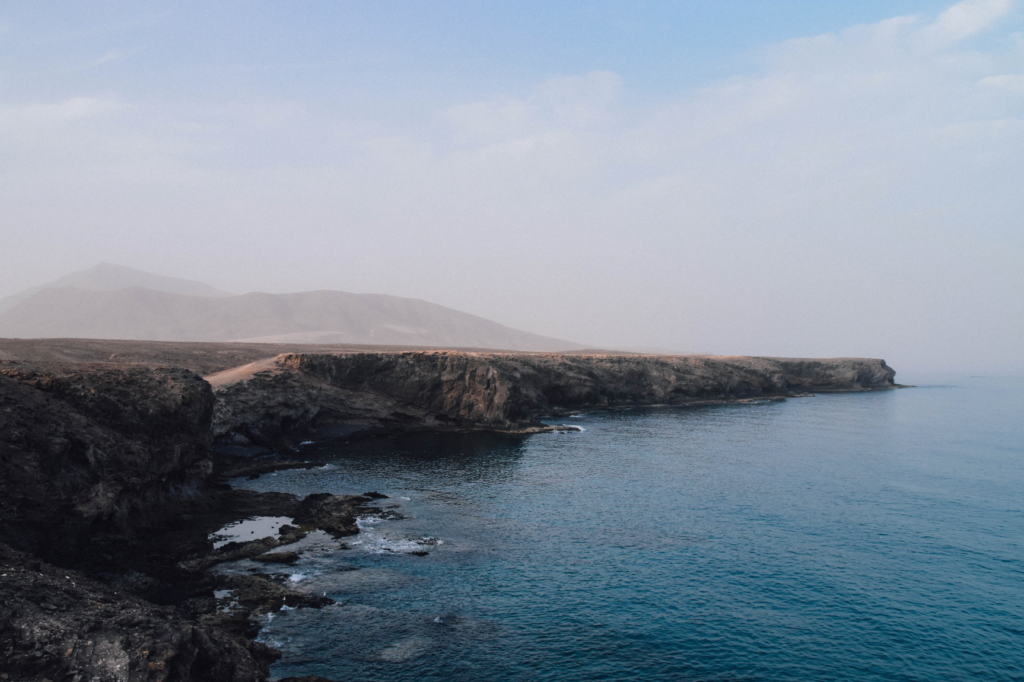
Are the Canary Islands part of the EU (European Union)? Is Tenerife in the EU?!
Yes, they are, as they are Spanish, they are very much part of the European Union.

How many islands are in the Canary Islands?
There are 13 officially recognized islands, the most famous of which are Tenerife, Fuerteventura, Gran Canaria, and Lanzarote. These are all common tourist hotspots.
How do I get to the Canary Islands?
With 4 or 5 of the islands being such great destinations for European tourists, there are countless flights to Tenerife South and Gran Canaria, the 2 major airports. Other islands have airports but can prove quite pricey.
You can also take a ferry to the Canary Islands from Portimao in Portugal, it takes around 2 days and costs about $60 USD.
At the moment there are no ferries from Africa to the Canary Islands.
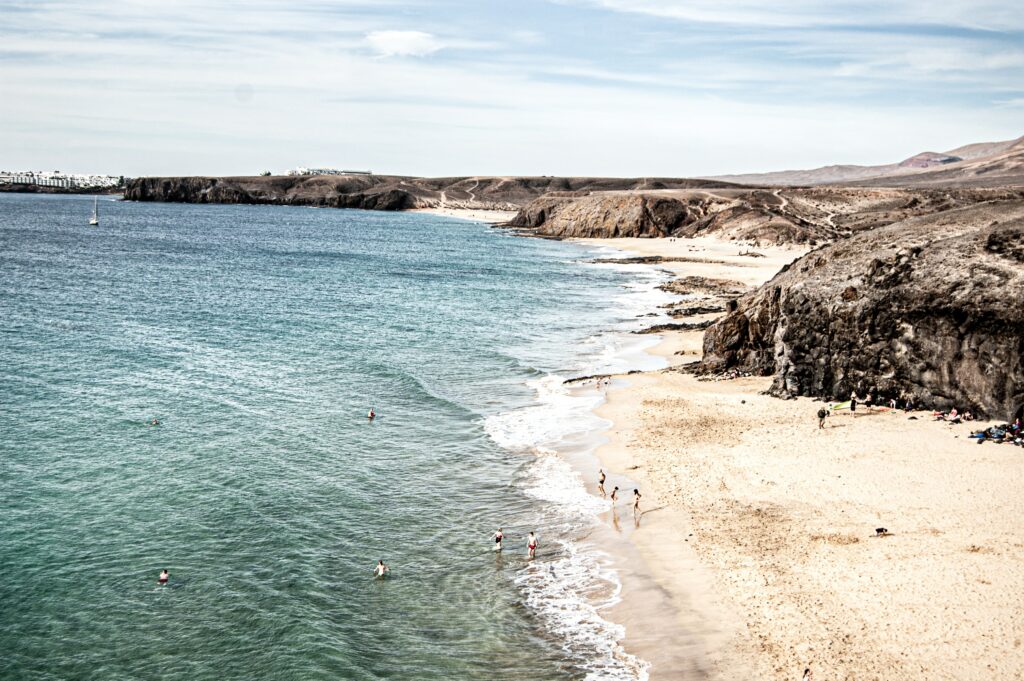
What can I do on the Canary Islands?
Too much to list! Fuerteventura is a windsurfer’s paradise. La Gomera is home for trekkers. Tenerife, Gran Canaria and Lanzarote have everything you’d expect from holidaymaker’s islands, there’s lots of stuff to do there or climb Spain’s highest mountain in Tenerife.
When is best to visit the Canary Islands?
Ok, listen up. During school holidays and Easter holidays, this places fills up with British and German tourists so if possible avoid these times, although the nightlife will be pretty busy then if that’s what you’re after. If you go in low season, you’ll catch yourself some serious bargains too.
Hope you guys now understand where the Canary Islands are, are the Canary Islands a country or not, are they part of the EU, and how to get to them.
This is why Spain is one of the most visited countries in the world!
Remember, never travel without travel insurance! And never overpay for travel insurance!
I use HeyMondo. You get INSTANT quotes. Super cheap, they actually pay out, AND they cover almost everywhere, where most insurance companies don't (even places like Central African Republic etc!). You can sign-up here. PS You even get 5% off if you use MY LINK! You can even sign up if you're already overseas and traveling, pretty cool.
Also, if you want to start a blog...I CAN HELP YOU!
Also, if you want to start a blog, and start to change your life, I'd love to help you! Email me on johnny@onestep4ward.com. In the meantime, check out my super easy blog post on how to start a travel blog in under 30 minutes, here! And if you just want to get cracking, use BlueHost at a discount, through me.
Also, (if you're like me, and awful with tech-stuff) email me and my team can get a blog up and running for you, designed and everything, for $699 - email johnny@onestep4ward.com to get started.
Do you work remotely? Are you a digital nomad/blogger etc? You need to be insured too.
I use SafetyWing for my digital nomad insurance. It covers me while I live overseas. It's just $10 a week, and it's amazing! No upfront fees, you just pay week by week, and you can sign up just for a week if you want, then switch it off and on whenever. You can read my review here, and you can sign-up here!





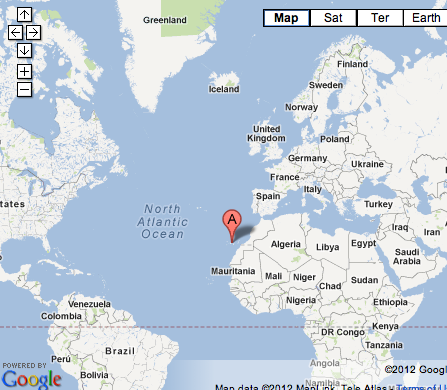
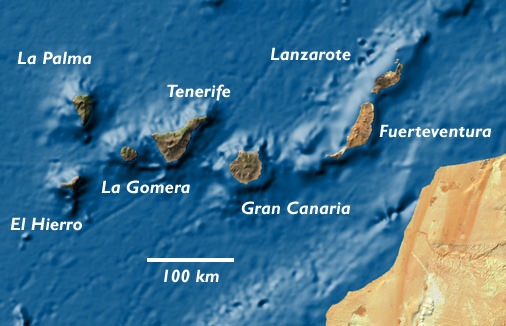
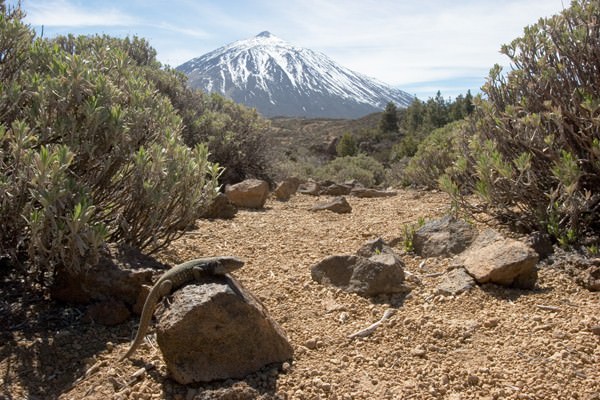
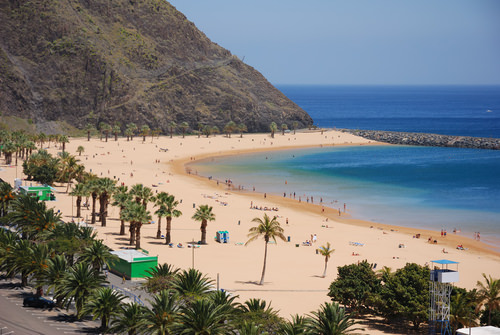








 As you know, blogging changed my life. I left Ireland broke, with no plan, with just a one-way ticket to Thailand
and no money. Since then, I started a blog, then a digital media company, I've made
more than $1,500,000 USD, bought 4 properties and visited (almost) every country in the world. And I did it all from my laptop as I
travel the world and live my dream. I talk about how I did it, and how you can do it too, in my COMPLETELY FREE
Ebook, all 20,000
words or so. Just finish the process by putting in your email below and I'll mail it right out to you immediately. No spam ever too, I promise!
As you know, blogging changed my life. I left Ireland broke, with no plan, with just a one-way ticket to Thailand
and no money. Since then, I started a blog, then a digital media company, I've made
more than $1,500,000 USD, bought 4 properties and visited (almost) every country in the world. And I did it all from my laptop as I
travel the world and live my dream. I talk about how I did it, and how you can do it too, in my COMPLETELY FREE
Ebook, all 20,000
words or so. Just finish the process by putting in your email below and I'll mail it right out to you immediately. No spam ever too, I promise!
